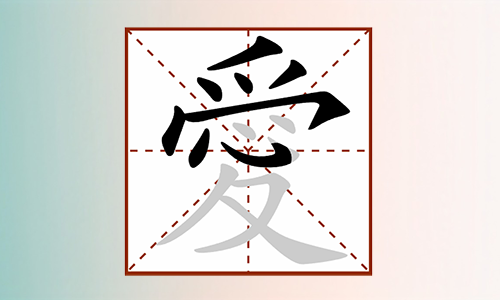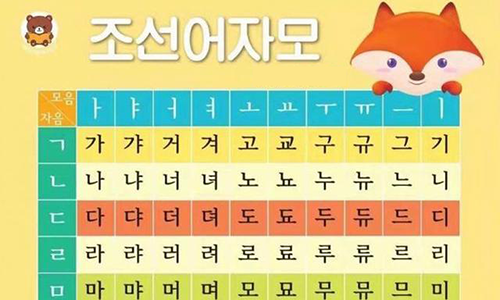Korean Text to Speech
Input Korean below, then click read button, you will hear the pronunciation.
Words limit:500
Korean pronunciation is a harmonious blend of precise articulation and rhythmic flow, shaped by its unique alphabet (Hangul) and phonetic rules. Unlike tonal languages, Korean relies on distinct consonant and vowel sounds, stress patterns, and subtle pitch variations to convey meaning. Here’s what makes it stand out:
Consonant Nuances:
Plain, Tense, and Aspirated Consonants: Korean distinguishes between three types of stops (e.g., ㄱ/ㄲ/ㅋ for \"g,\" \"kk,\" \"k\"). Tense consonants (ㄲ, ㄸ, ㅃ, ㅆ, ㅉ) require sharper, firmer articulation, while aspirated ones (ㅋ, ㅌ, ㅍ, ㅊ) add a burst of air.
Batchim (Final Consonants): Syllable endings like ㄱ, ㅂ, or ㄹ often shift sounds when followed by other syllables (e.g., 밥 [bap] becomes [bab] in \"밥을\").
Vowel Clarity:
10 basic vowels (ㅏ, ㅓ, ㅗ, ㅜ, etc.) and 11 compound vowels (ㅑ, ㅕ, ㅛ, ㅠ, etc.) create a melodic cadence. Pay attention to vowel length in formal speech, as prolonged sounds can alter word meaning (e.g., 눈 [nun] = \"snow,\" 눈: [nu:n] = \"eye\").
Linking Sounds:
Liaison rules fluidly connect syllables. For example, \"먹어요\" is pronounced [머거요] (meo-geo-yo), blending the final consonant ㄱ into the next vowel.
Intonation & Rhythm:
While not tonal, Korean uses rising/falling pitch to emphasize questions or emotions. Sentences often follow a gentle, wave-like rhythm rather than sharp stress patterns.




